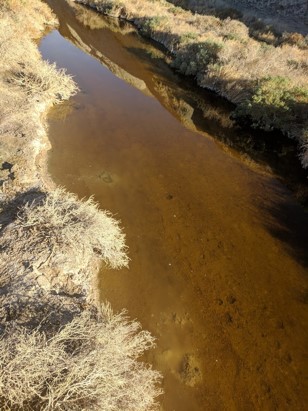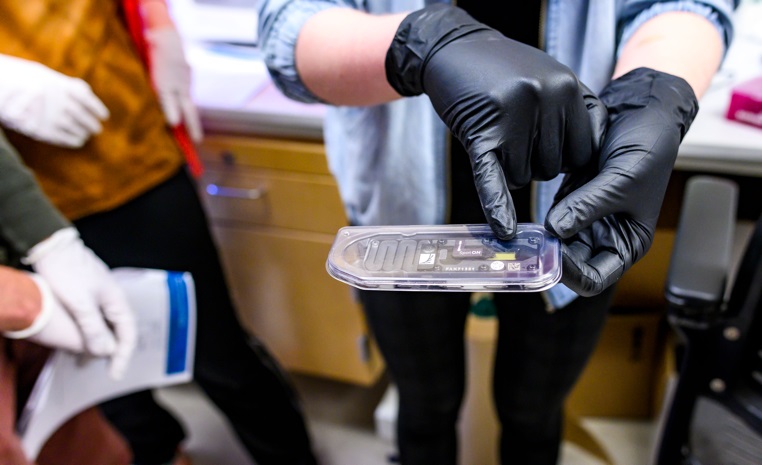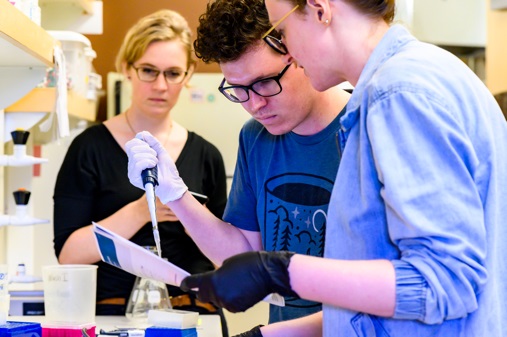Article Written by Eliah Overbey
Photo Credit: Mike Wong
What microbes are present in extreme environments? How genetically diverse are microbial species located in one of the hottest and driest places in the world? Astrobiologists have long been interested in determining the extremes of environmental conditions in which life can survive and thrive. This past year, graduate students and postdocs in the astrobiology program worked on answering those questions using DNA sequencing.

During the 2018 Astrobiology field trip to Death Valley National Park, students collected samples from three distinct locations in one of the hottest, driest, and most saline places on Earth. The first sampling site was a soil location, the second was Badwater Basin where brittle rock was collected, and the third was a hypersaline stream where trainees collected sediment from the bottom of the stream.

After returning to UW, Astrobiology and Genome Sciences graduate student Eliah Overbey hosted a series of workshops teaching astrobiology students how to perform DNA sequencing on environmental samples. In the workshops, students learned how extract DNA from soil samples and load this DNA on a sequencer called the MinION, which is a small, portable sequencer that can easily be used in field research. After DNA sequencing, the genomic data that the students collected was run through a bioinformatic pipeline in order to identify species abundance and diversity.

Students are still interpreting the output of these experiments. The soil and rocky sampling sites yielded very little DNA, so it is unclear if any conclusions can be drawn from these samples. However, sediment from the hypersaline stream yielded a much higher amount of DNA. The most common microorganism found in this sample is the genus Idiomarina, a microorganism most typically found in ocean water. Also present in the samples were microorganisms from the phylum Deinococcus-Thermus, a known extremophile which can survive harsh heat and radiation conditions. Analysis of the microorganisms detected in the samples is ongoing and students are aiming to write a publication based on what they discover.
Additionally, the workshops gave students an opportunity to learn about a topic in astrobiology outside of their own day-to-day research. One of the workshop participants explains it best: “I knew molecular phylogenetics was a THING, but I didn’t know how it worked, or even what to picture in my head when a colleague said, “I sequenced this genome.” Getting hands-on experience totally revolutionized my understanding of this super-important aspect of astrobiology!”
This project was funded in part by donations from supporters of our Astrobiology Program! If you’d like to see more interdisciplinary ad collaborative projects such as this for our Astrobiology Students please consider making a donation today!

Miles Currie (Astronomy) preparing DNA for sequencing.


